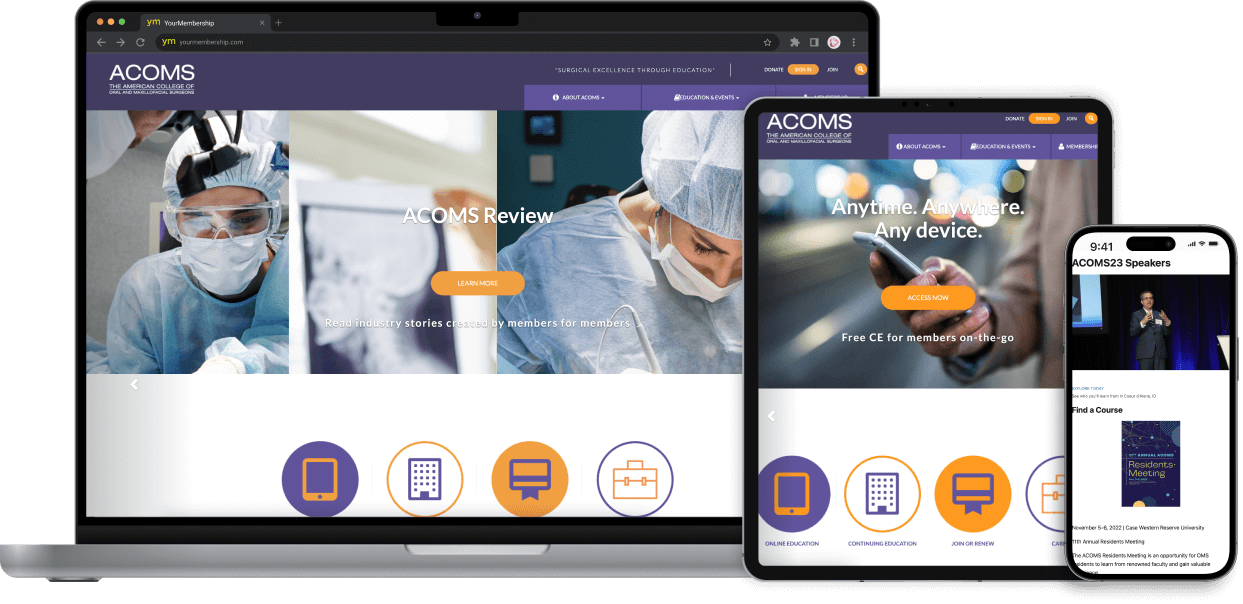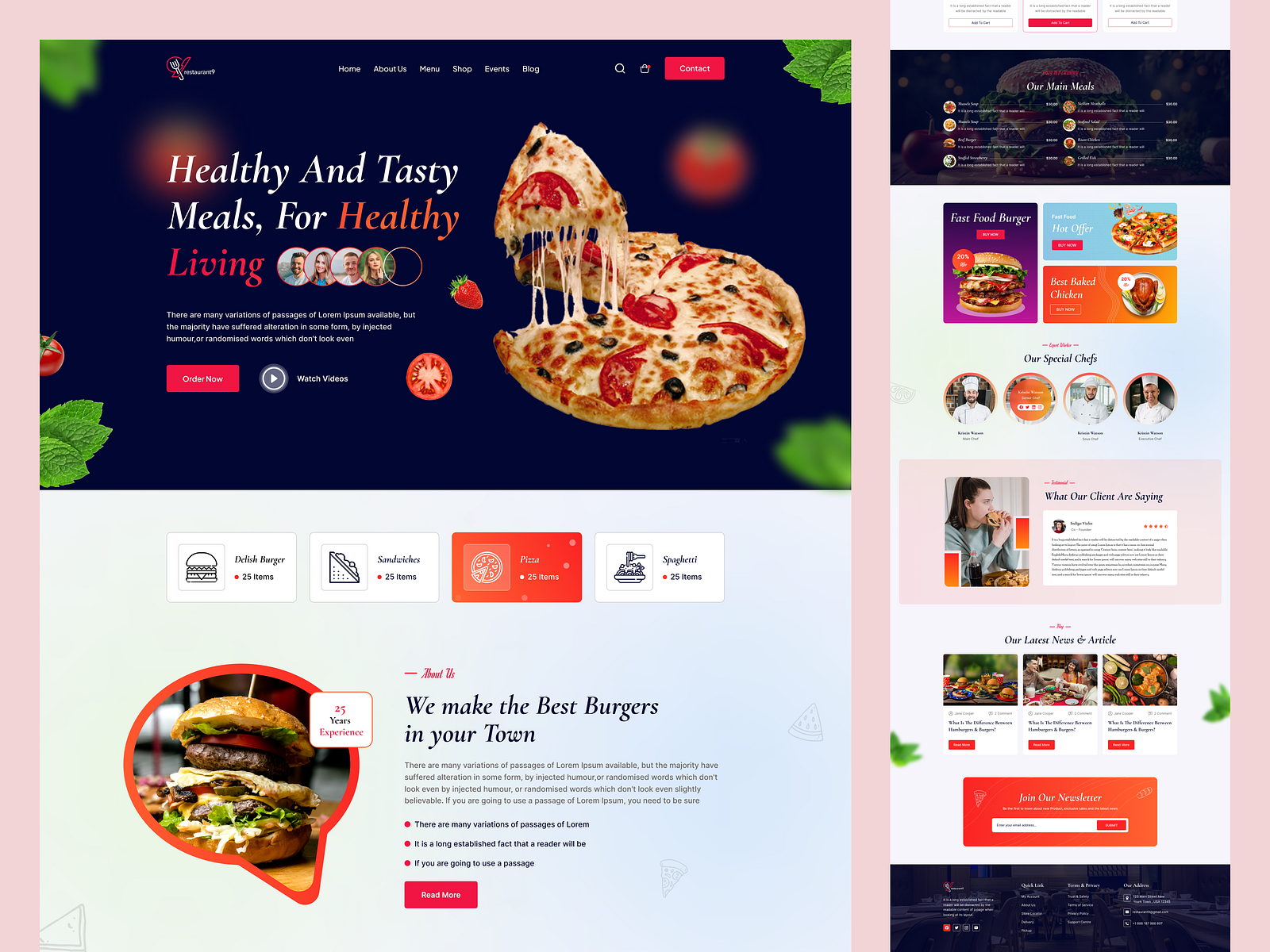Increase Engagement With Innovative Website Layout Solutions
In the realm of digital communication, the relevance of ingenious site layout options can not be overemphasized. An attentively crafted customer experience, underpinned by tactical visual style and interactive aspects, can dramatically improve individual interaction. By checking out different approaches such as responsive layout and individualized web content, organizations can produce a system that not just captivates individuals yet additionally fosters lasting loyalty. The obstacle lies in comprehending the nuances of customer behavior and preferences. This raises a crucial question: what particular techniques can be executed to make sure that an internet site remains user-centric and compelling?
Recognizing Individual Experience
Recognizing user experience (UX) is vital for producing efficient web site style options, as it directly affects how users connect with digital platforms. An extensive UX approach includes numerous components, consisting of individual, usability, and accessibility satisfaction, every one of which add to the general effectiveness of a website.
To start with, usability focuses on how quickly users can browse and discover the information they look for. Access makes certain that all users, including those with impairments, can efficiently engage with the internet site.
Moreover, recognizing user personalities is vital for customizing the experience to meet particular audience demands. By conducting customer study and testing, designers can gather understandings that notify design decisions, guaranteeing the website not just meets aesthetic objectives yet likewise meets useful needs. Inevitably, a thoughtful technique to UX layout fosters interaction, encourages retention, and improves overall individual satisfaction, which are vital for the success of any kind of electronic system.
Visual Layout Approaches
Integrating efficient aesthetic style techniques is important for recording user attention and boosting the total user experience on a website. A well-balanced visual pecking order guides customers with the content, enabling them to easily navigate and soak up details. This can be attained with the tactical usage of typography, color design, and spacing, which collectively develop a engaging and natural format.
Color plays a pivotal duty in stimulating feelings and establishing brand name identification. Using a balanced shade scheme that lines up with the brand name's principles can foster knowledge and depend on. Additionally, including high-grade pictures and graphics enhances aesthetic allure and can significantly enhance individual involvement.
Whitespace, often overlooked, is just as vital as it allows web content to take a breath and prevents overwhelming users with mess. It facilitates simpler analysis and comprehension, causing an extra pleasurable surfing experience.
Lastly, uniformity in style aspects-- such as switch font styles, designs, and icons-- makes sure a smooth individual journey, reinforcing the brand's professionalism and reliability. By purposefully executing these aesthetic layout methods, websites can not just draw in visitors however likewise motivate them to remain longer and involve even more deeply with the web content.
Interactive Elements for Interaction
Involving customers efficiently typically depends upon the application of interactive elements that welcome engagement and cultivate a vibrant surfing experience. These aspects, consisting of quizzes, polls, and interactive infographics, urge individuals to actively participate as opposed to passively take in web content. By integrating such features, web sites can not just record focus however likewise improve individual retention.

Gamification is one more powerful approach. Incorporating game-like components, such as achievements or incentives for completing jobs, can change mundane interactions right into pleasurable experiences. This approach not only increases engagement however likewise urges customers to return, developing a dedicated target market.
In addition, interactive elements can promote social sharing, enhancing a web site's reach. Attributes like remark areas, share switches, and user-generated web content locations foster area interaction, turning site visitors into active individuals. website design. Eventually, the calculated use interactive elements is essential for creating a engaging and engaging site that resonates with users
Responsive and Adaptive Design
A properly designed web site needs to focus on receptive and flexible layout to guarantee optimum individual experiences throughout a range of tools and screen sizes. Receptive style uses fluid grids and adaptable images, allowing the layout to automatically adjust based on the customer's screen dimension. This approach guarantees that users can conveniently browse and interact with the content, regardless of whether they are using a desktop, smart device, or tablet .
On the other hand, adaptive design utilizes predefined layouts that are customized to details device categories. This suggests that the site discovers the kind of device being made use of and serves the ideal layout, which can improve packing times and maximize the display of essential components. While both approaches intend to boost use, responsive design is usually favored for its fluidness and seamless change between gadgets.
Including responsive and flexible design not just improves user satisfaction however additionally favorably affects internet search engine rankings. Online search engine prioritize mobile-friendly sites, therefore boosting visibility and attracting more visitors. Investing in these design approaches is crucial for companies looking to engage their audience efficiently and keep an affordable edge in today's digital landscape. website design.
Analyzing Customer Feedback and Information
User responses and data analysis are essential elements of effective internet site layout, as they offer useful insights into customer behavior and preferences. By systematically collecting and analyzing customer comments with studies, use testing, and analytics devices, designers can recognize pain points and areas for improvement. This data-driven strategy allows services to tweak their internet site elements, guaranteeing that the user experience aligns with target market assumptions.
Assessing metrics such as bounce rates, time on web page, and click-through prices offers a measurable perspective on individual engagement. These metrics assist designers recognize which content reverberates and which locations might require optimization. Additionally, A/B screening can be used to examine variants in design, allowing developers to make enlightened decisions based on customer communications.
Including individual comments not just improves web site functionality but also promotes a sense of area and trust. Involving with individuals with feedback loopholes grows loyalty and urges repeat visits. Inevitably, leveraging user responses and data analysis is important to producing a vibrant, user-centered site that adjusts to progressing individual needs and preferences, consequently driving higher engagement and fulfillment.
Conclusion

An attentively crafted user experience, underpinned by strategic visual layout and interactive elements, can substantially enhance individual involvement.Incorporating effective visual style techniques is necessary for capturing user interest and enhancing the general customer experience on an internet site.Customer feedback and information analysis are necessary elements of effective website design, as they offer valuable insights into user behavior and preferences. Eventually, leveraging user comments and information evaluation is important to producing a dynamic, user-centered internet site that adapts to advancing individual demands and choices, thereby driving higher interaction and complete satisfaction.
In final thought, innovative site design services considerably improve customer engagement by prioritizing user experience, employing effective aesthetic strategies, and integrating interactive aspects.